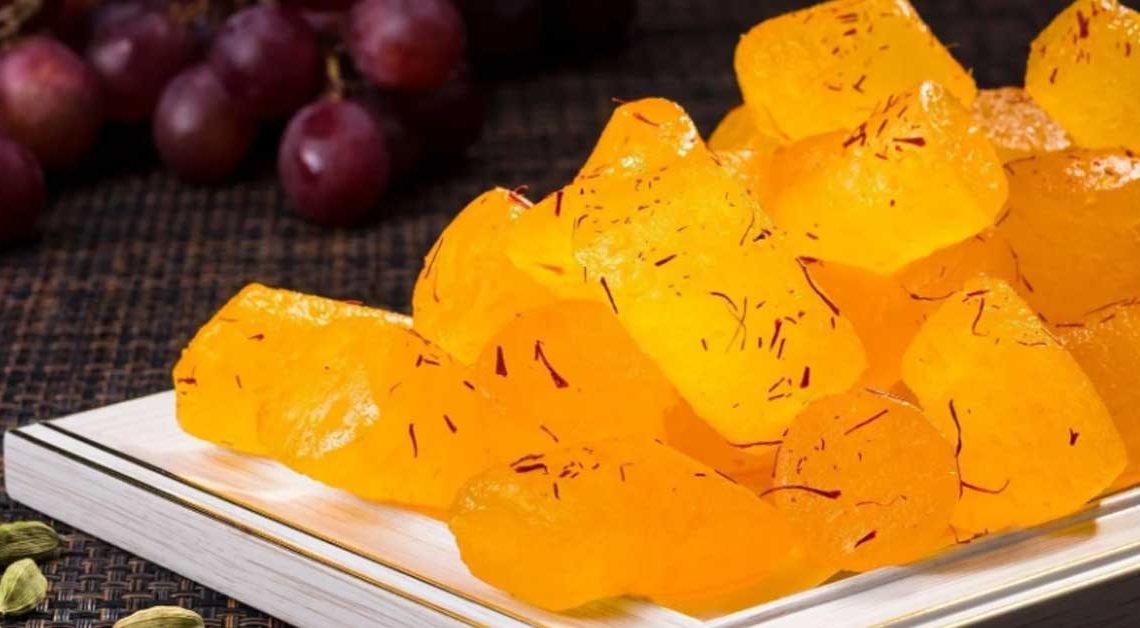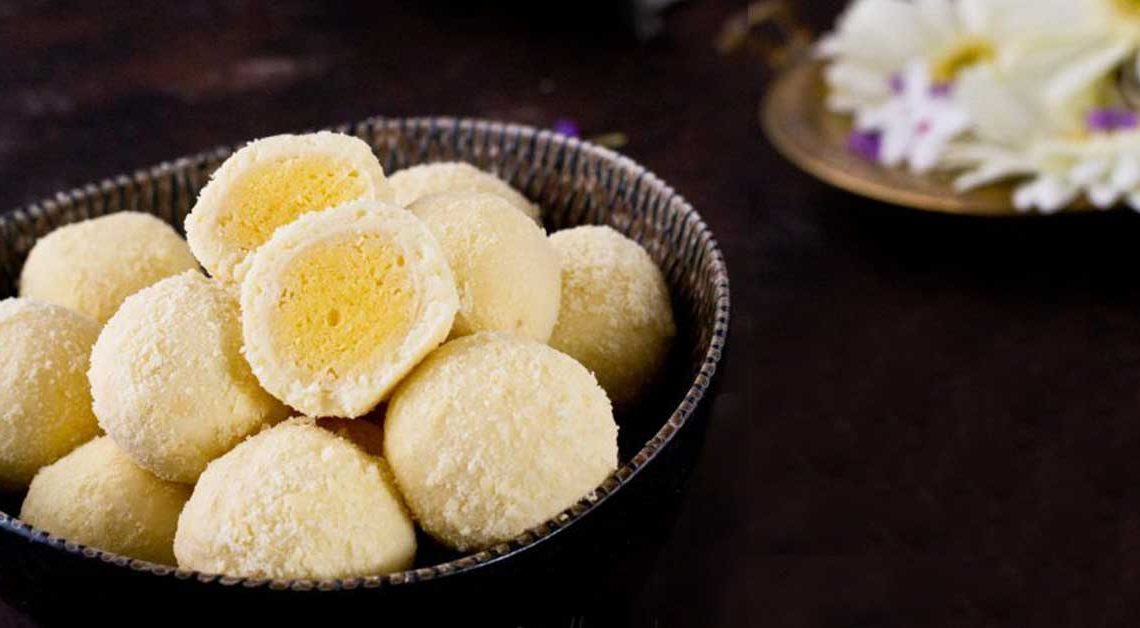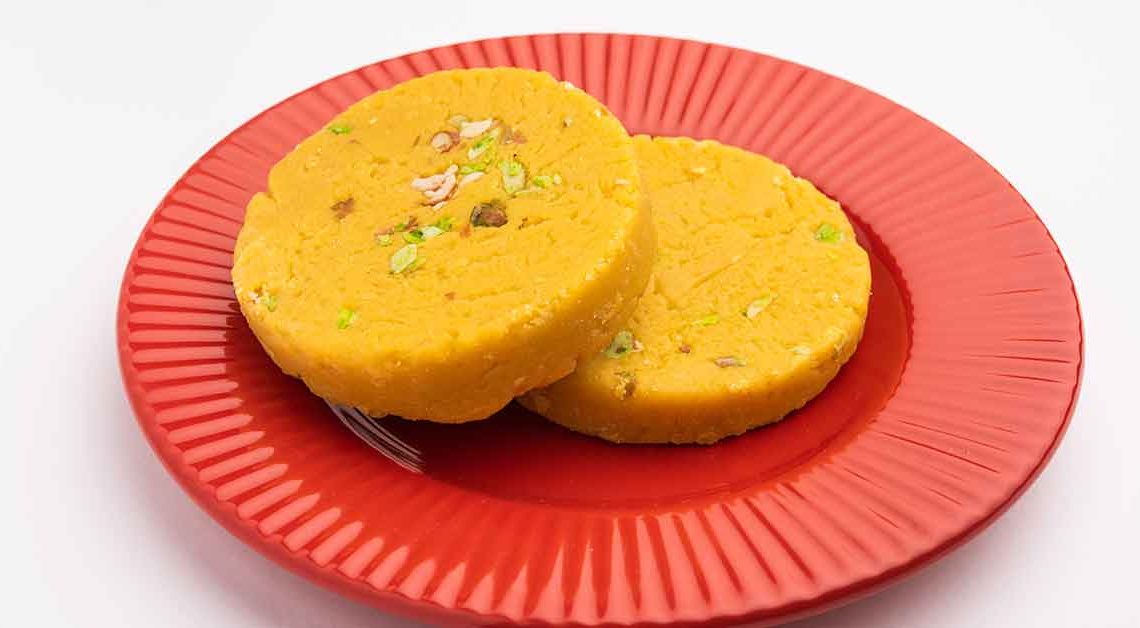From Petha to Plate: An Angoori Petha Adventure!

Welcome to the world of Mithainama!, food lovers and connoisseurs of all things sweet! Prepare your taste buds for a delightful journey as we dive into the exquisite world of Angoori Petha. Join us on this culinary adventure, where we unravel the fascinating history, origin, and facts of this iconic Indian sweet.
Originating from the culturally rich land of Agra, Angoori Petha has carved a special place in the hearts of dessert enthusiasts around the globe. Its name translates to “grape candy,” and rightfully so, as each delectable morsel resembles a luscious green grape, with a juicy burst of flavors.
So, dear readers, fasten your seatbelts and embark on this sugar-coated expedition with us on Mithainama. Let’s celebrate the sweetness together and discover why this delightful treat has become a symbol of Indian culinary heritage.
Origin of Angoori Petha
The history of Angoori Petha dates back several centuries, intertwining with the rich cultural heritage of the city of Agra. While precise historical records are scarce, the origins and evolution are deeply rooted in the Mughal era and the culinary traditions of northern India.
During the Mughal rule in India (1526-1857), Agra was the capital of the empire, and it flourished as a center of art, culture, and gastronomy. It was during this period that the foundations were laid.
The story behind the transformation of Petha into Angoori Petha is intertwined with legends and anecdotes passed down through generations. One such tale suggests that a royal cook accidentally transformed Petha into small, grape-like balls while experimenting with its preparation. The result was a unique and visually appealing variation that delighted the royal court, including the Mughal emperor.
History of Angoori Petha
The history of Angoori Petha dates back several centuries, intertwining with the rich cultural heritage of the city of Agra. While precise historical records are scarce, the origins and evolution are deeply rooted in the Mughal era and the culinary traditions of northern India.
During the Mughal rule in India (1526-1857), Agra was the capital of the empire, and it flourished as a center of art, culture, and gastronomy. It was during this period that the foundations were laid.
The story behind the transformation of Petha into Angoori Petha is intertwined with legends and anecdotes passed down through generations. One such tale suggests that a royal cook accidentally transformed Petha into small, grape-like balls while experimenting with its preparation. The result was a unique and visually appealing variation that delighted the royal court, including the Mughal emperor.
Cultural Significance
This holds significant cultural value, particularly in the city of Agra and the wider Indian culinary landscape. Its cultural significance can be observed in various aspects:
Icon of Agra: It has become synonymous with the city of Agra, representing its rich cultural heritage and serving as a culinary symbol. It has become a must-try delicacy for tourists visiting Agra, showcasing the city’s unique flavors and traditions.
Festivals and Celebrations: It holds a special place in Indian festivals and celebrations. It is often included in traditional sweets and gift boxes exchanged during auspicious occasions like weddings, Diwali (Festival of Lights), and Raksha Bandhan (a festival celebrating the bond between brothers and sisters).
Culinary Craftsmanship: The making involves meticulous craftsmanship and skill. The artisans who specialize in creating this sweet have honed their techniques over generations, passing down their expertise to preserve the traditional methods of its preparation.
Where is Angoori Petha Famous?
Angoori Petha is primarily famous in the city of Agra, located in the northern Indian state of Uttar Pradesh. Agra is renowned worldwide for being the home of the iconic Taj Mahal, and it is in this city that has its roots and thrives as a culinary delight.
While Agra is the epicenter of Angoori Petha’s fame, its reputation extends far beyond the city’s boundaries. It is a sought-after sweet by tourists visiting Agra, who often purchase it as a souvenir to take back home or share with friends and family. As a result, it has gained recognition and popularity in various parts of India and even internationally.
Overall, while petha finds its roots in Agra, its fame has spread to other parts of India, making it a beloved and sought-after delicacy for sweet enthusiasts and those looking to indulge in the flavors of this iconic sweet.
Interesting Facts and Trivia
Certainly! Here are some interesting facts and trivia related to Angoori Petha:
- It is believed to have been created during the Mughal era in India. Legend has it that it was a favorite sweet of Mughal Emperor Shah Jahan, who ruled from 1628 to 1658.
- The name “Angoori Petha” is derived from the Hindi word “Angoor,” which means “grape.” This is because the sweet is shaped into small, round balls that resemble grapes, giving it its distinctive appearance.
- It has become an iconic symbol of the city of Agra, representing its rich culinary heritage. Agra is famous for its Mughlai cuisine, and it stands out as a beloved sweet delicacy.
- Health Benefits: Ash gourd, the main ingredient in Angoori Petha, is known for its various health benefits. It is low in calories, high in fiber, and rich in nutrients such as vitamins and minerals, making a relatively healthier choice among sweets.
- Guinness World Record: In 2012, Agra made headlines when it created the largest Angoori Petha weighing a whopping 1,651 kilograms (3,640 pounds). This achievement secured a place in the Guinness World Records, highlighting the grandeur and scale associated with this sweet.
Did You Know?
Apart from its delicious taste, Angoori Petha offers several health benefits when consumed in moderation.
- It contains a high water content due to its main ingredient, ash gourd. This makes it a hydrating treat, aiding in maintaining proper hydration levels. Additionally, the fiber content promotes healthy digestion and may help prevent constipation.
- Ash gourd, the key component of Angoori Petha, is a nutrient-dense vegetable. It is rich in vitamins like vitamin C, vitamin B, and minerals such as calcium and phosphorus. Consuming it can provide a nutritional boost to your diet.
- As it is low in calories and high in fiber, it can be a satisfying treat for those watching their weight. The fiber content helps promote a feeling of fullness, reducing the likelihood of overeating.
- In hot climates, Petha is often enjoyed as a cooling dessert. The ash gourd and the addition of ingredients like rose water and cardamom can help soothe the body, providing a refreshing sensation.
- Some of the ingredients used in Petha, such as saffron and cardamom, are known for their antioxidant properties. Antioxidants help protect the body against damage caused by harmful free radicals.







